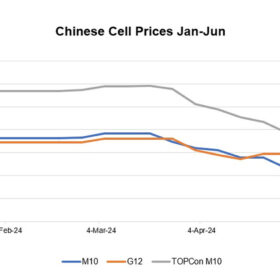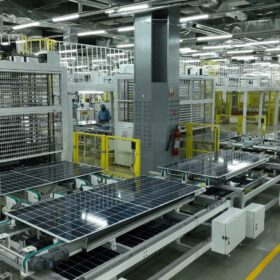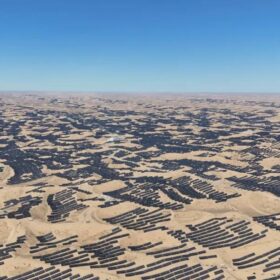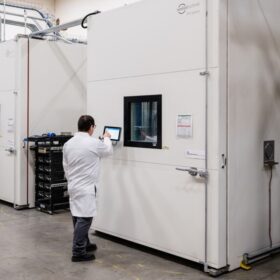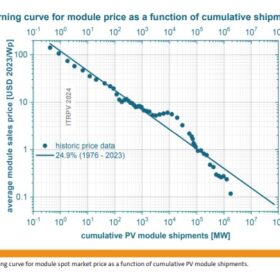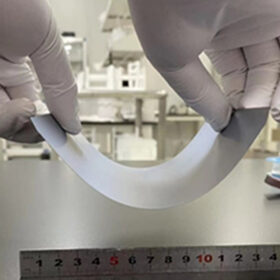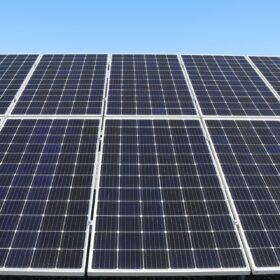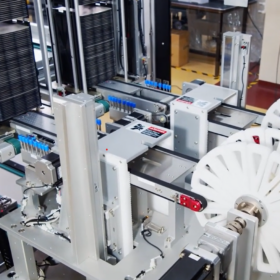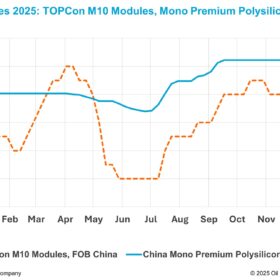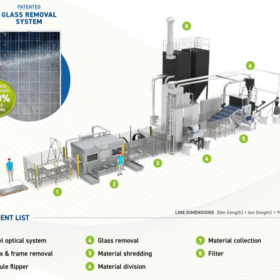Solar cell prices hold steady in quiet market
In a new weekly update for pv magazine, OPIS, a Dow Jones company, provides a quick look at the main price trends in the global PV industry.
Adani Solar top performer for seventh year in Kiwa PVEL’s PV Module Reliability Scorecard
Adani Solar is the only Indian manufacturer to be rated Top Performer for seven consecutive years in PVEL testing for PV module quality and reliability.
World’s largest solar plant goes online in China
China Green Development Group has switched on the 3.5 GW Midong solar project in Urumqi, China’s Xinjiang region. The project required an investment of CNY 15.45 billion ($2.13 billion).
Grid upgrades needed to support Asia Pacific’s renewable energy expansion
A regional grid would allow the region to share excess renewable energy and facilitate the importing of renewable energy to meet domestic decarbonization goals in economies with limited renewable resources.
IEA urges countries to accelerate renewables deployment
A new report from the International Energy Agency (IEA) suggests that the world could miss out on a target of 11,000 GW of global renewables capacity by the end of the decade, as agreed at COP28. It also predicts that solar will become the world’s largest source of installed renewable capacity, surpassing hydropower.
PVEL releases tenth edition of ‘PV Module Reliability Scorecard’
The independent test lab Kiwa PVEL names 53 manufacturers and 388 models–a record number of Top Performers in the ten-year history of the Scorecard.
ITRPV says solar module prices fell 50% in 2023
The new edition of the International Technology Roadmap for Photovoltaic (ITRPV), published this week, reveals that the world’s installed PV capacity reached 1.6 TW at the end of last year. The learning curve, which reflects average module prices relative to cumulative shipments, is 24.9% for the period from 1976 to 2023.
BNEF Summit highlights sluggish trading of low-carbon hydrogen, derivatives
Analysts at the recent BNEF Summit in Munich discussed delays for hydrogen adoption in European countries, noting that locations are crucial for predicting which hydrogen production plans will proceed. Projects in areas with high amounts of renewables have an advantage.
IEC lays ground for flexible silicon solar module standards
In its second monthly column for pv magazine, the IEC highlights the research on flexible crystalline silicon solar cells led by researcher Zhengxin Liu, the Vice Chair of IEC Technical Committee 82, which prepares standards for solar PV energy systems.
Addressing the interconnected challenges of land degradation and climate change
By forging ahead with solar-powered land restoration initiatives, we can build resilient ecosystems, foster sustainable livelihoods and safeguard our planet for generations to come.
